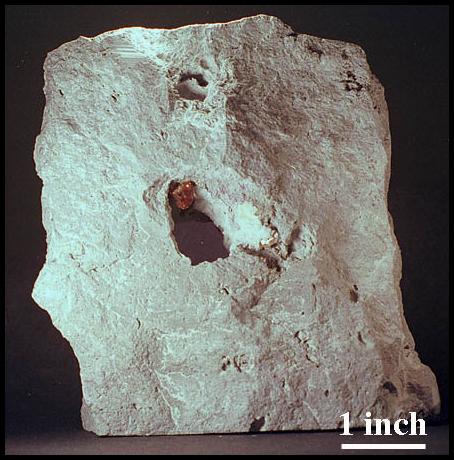Home | About Me | Jewelry Designs | Gemstones | Mineral Specimens | Orders | FAQs | Contact | Links |
||
 |
 |
|||
The Thomas Range in Utah has long been popular with collectors as a source of fine topaz crystals of a natural light sherry color. Upon one to two weeks of exposure to strong sunlight, the sherry color will fade, leaving a colorless crystal. The fact that topaz from this locale fades probably accounts for the reason that the topaz is rarely cut into gemstones. Although there are a few private claims in this topaz region, much of the area is reserved for recreational collectors. The topaz crystals from the Thomas Range are formed in gas cavities in a grayish rhyolite rock. Usually the crystals form as single points. Occasionally, very attractive clusters of topaz, still attached to rhyolite, are obtained. In May of 2002 I had the opportunity to once again visit Topaz Mountain. While there I collected a few fine little topaz specimens, and obatained many more from a local miner and claim holder. Topaz crystals still attached to matrix are difficult to obtain from the Topaz Mt locale. Usually the crystals are only weakly attached to the cavity walls. When the hard matrix is broken in search of topaz-containing cavitites, the crystals normally fall free of the rhyolite matirx. Shown above is a very fine matrix specimen. The cavity is open on the front and back of the specimen. Tucked neatly in the top of the cavity (and difficult to photograph) is a large and very perfectly terminated topaz crystal. The bottom of the rhyolite has been sawn flat to allow the specimen to stably sit on a flat surface. The sherry color of this crystal will persist as long as the specimen is exposed to strong light for only brief periods. This is an unusually fine matrix specimen that would be a prized addition to any mineral collection. (M307, $160.00) |
||